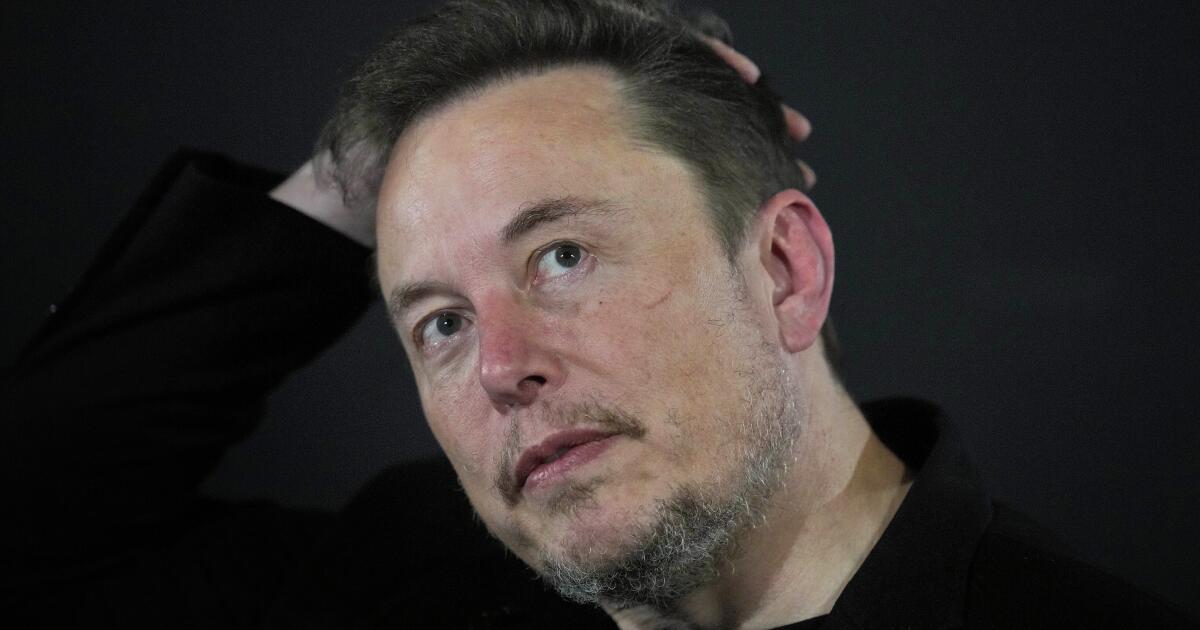Elon Musk: Neuralink carried out the first implantation of its device into the human brain

Elon Musk announced that his brain interface company Neuralink has succeeded in performing the first human implant.
The patient received the implant on Sunday and is “recovering well,” Musk said Monday in a post on X, the platform formerly known as Twitter. He added that “preliminary results show promising increases in neuronal spike detection.”
Musk, the founder of Neuralink, did not provide additional information about the patient. When Neuralink announced it would begin recruiting people in September, it said it was looking for people with quadriplegia, which is caused by spinal cord injuries or amyotrophic lateral sclerosis, also known as Lou Gehrig’s disease.
Neuralink is one of many groups working to connect the nervous system with computers to help treat brain diseases, overcome brain injuries and other applications. According to Clinicaltrials.gov, there are currently more than 40 brain-computer interface tests being conducted.
Neuralink republished Musk’s post on social network X, but did not provide additional details about the human implant. The company did not respond to a request for comment from The Associated Press on Tuesday.
Neuralink previously announced that the U.S. Food and Drug Administration (FDA) has approved an “investigational device exemption,” which broadly allows a sponsor to initiate a clinical trial “in patients who meet the inclusion criteria,” the FDA said Tuesday. The agency said it could not confirm or disclose information about a specific study.
The Neuralink device, about the size of a large coin, is designed to be implanted in the skull using ultra-thin wires that connect directly to the brain. In its September announcement, Neuralink said the cables would be surgically connected to the sector of the brain that controls motor functions. The original purpose of the so-called brain interface is to give people the ability to control a computer with just their thoughts.
In another post on He added that the first users will be people who have lost the use of their limbs.
It remains to be seen how this device or other interfaces will ultimately work and whether they will be secure. Tests have been developed to collect data on its safety and effectiveness.
Laura Cabrera, a brain researcher at Pennsylvania State University, said that although Neuralink uses an innovative procedure – robotic surgery – to implant the device in the brain, no one has implanted it in humans before and there is still a long way to go. . to figure out.
Brain surgery is “not trivial,” he said, noting possible risks such as brain hemorrhage or seizures. “I think we have to remember that although they are using a new way of implanting the device, we don’t know if it will actually be… a safe method for human patients.”
He noted that Neuralink’s competitors plan to use their devices only for medical purposes, but Musk has openly stated that he wants to go beyond medicine. For example, according to Cabrera, Musk has talked about implants for the masses that would allow people to record everything that happens to them and have access to that information whenever they want, which may alarm some people.
“We know he made very bold statements,” he said. “I worry that people aren’t really weighing the strengths and weaknesses of the technology.”
___
Hangar contributed to this story from Columbia, Missouri. Video journalist Christine Nguyen from Houston, Texas.
___
The Associated Press Health and Science Department receives support from the Howard Hughes Medical Institute’s Science and Education Media Group. AP is solely responsible for all content.